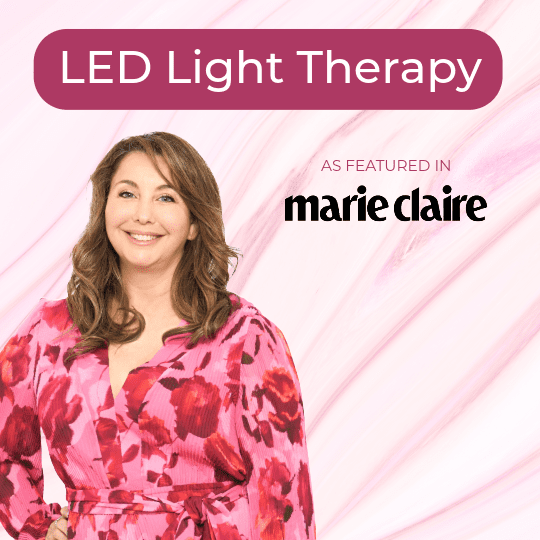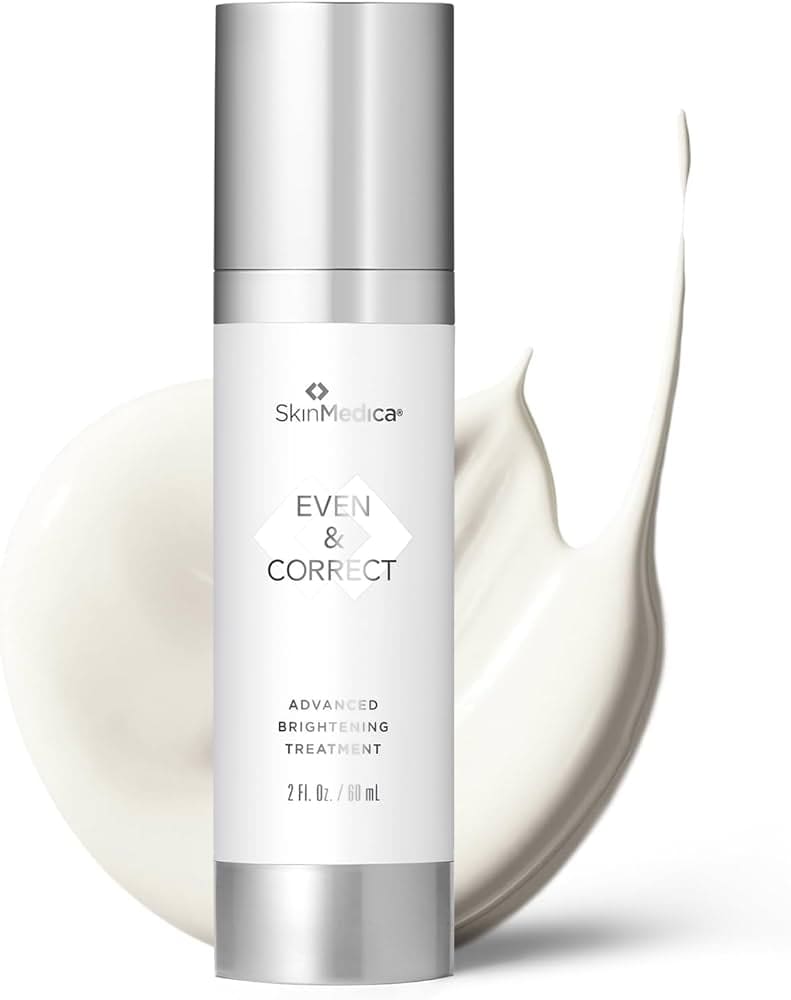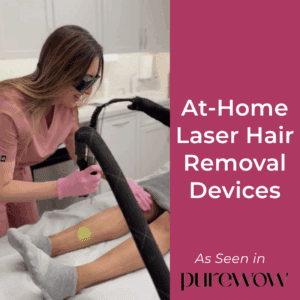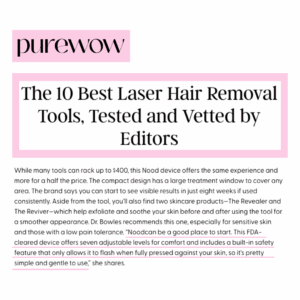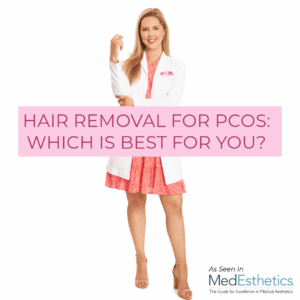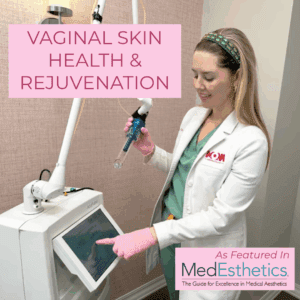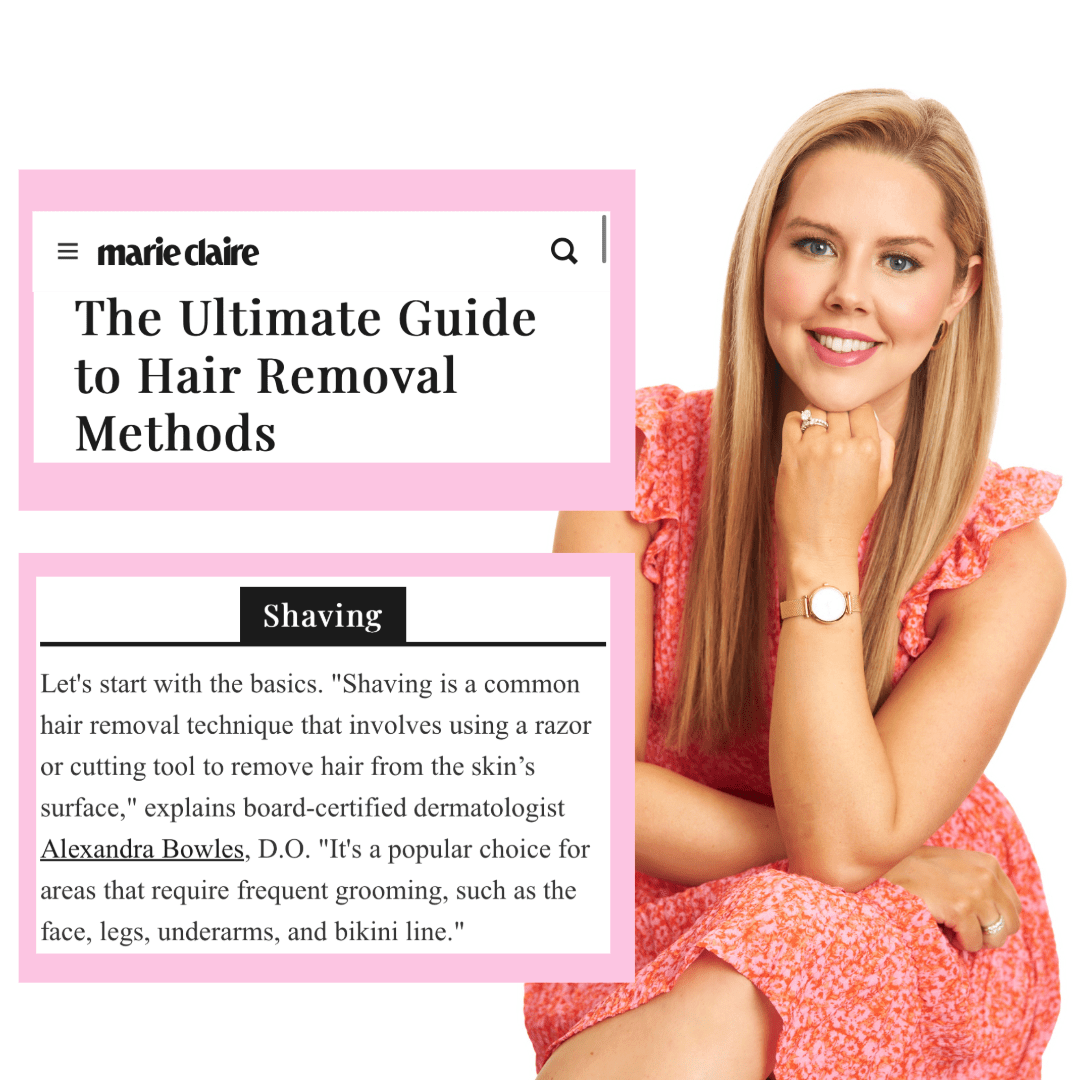It’s Not All About the Face: Body Anti-Aging
We often focus on our face when it comes to anti-aging, but we don’t want to forget about areas such as our neck, chest, hands, and body which are often neglected. This summer, board-certified dermatologist Dr. Mona Foad will share how to prevent and reverse aging during a three-part series, “It’s Not All About the Face.” In case you missed it, be sure to check out Part One from the June issue about neck and chest and Part Two from the July issue about the hands.
Body Contouring For Anti-Aging
There is no doubt that as we age, our body also changes. Our metabolism slows down, and we may notice a decrease in the ability to make muscle. In turn, we may also notice an increase in fat deposition. Women may see this with more weight around their abdomen, back, and chest and may notice fat pockets that were just not there before. This affects how clothes fit and ultimately affects our confidence. Body contouring is therefore not just for younger people who want a more toned physique, but a way for us to reclaim our shape over time.
Treating the Fat
CoolSculpting is a great no-downtime way to target unwanted fat. CoolSculpting safely delivers precisely controlled cooling to gently and effectively target fat cells underneath the skin. The treated fat cells are crystallized (frozen), and then die through a natural process, leaving surrounding tissues unaffected. Over time, your body naturally processes the fat and eliminates these dead cells, leaving the treated areas more sculpted.
Kybella is another way to target small pockets of fat such as bra fat or a double chin. The active ingredient in Kybella is deoxycholic acid. This is a naturally occurring molecule your gallbladder uses to help break down dietary fat. When injected into an area of fat, it safely destroys a percentage of fat cells.
Treating the Muscle
Maintaining and building muscle as we age is important because it helps with stability, balance, and core strength, as well as maintaining our shape. EmSculpt Neo is an advanced body sculpting treatment that combines radio frequency for fat loss with High-Intensity Focused Electromagnetic (HIFEM) energy to build muscle. HIFEM energy contracts and engages up to 90% of muscle fibers in the treated area, which is much higher than we can achieve during a voluntary workout. Clinical studies showed an average of 25% growth in muscle volume and a 30% reduction in fat, a 19% improvement in abdominal separation (diastasis recti), and a 14% reduction in visceral fat.
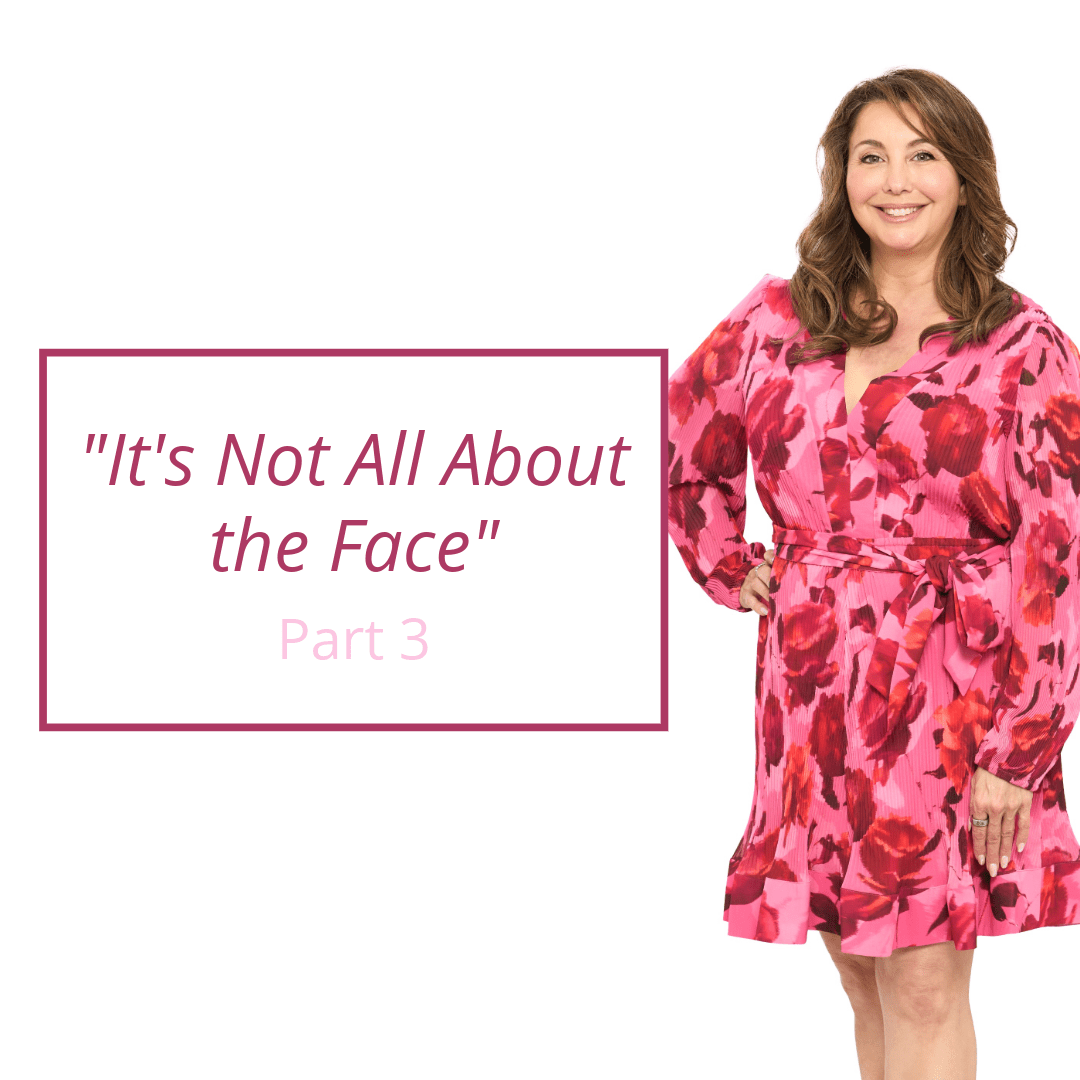
Laxity & Loose Skin for Body Anti-Aging
We have already talked about how aging causes loss of collagen and elastin in our skin, so it should come as no surprise that this happens to the skin on our body as well. You may notice it with crepe skin around your knees, arms, or thighs. If you are ready to take the jump into body treatments, make sure you are seeing a professional who is experienced in treating body skin and understands the differences in treating the skin in these areas.
Skincare
First and foremost, make sure to moisturize daily because our skin gets dry as we get older and we lose our ability to make hyaluronic acid. I always suggest using a cream rather than a lotion whenever possible. You may want to consider adding a moisturizer with glycolic or lactic acids to help chemically exfoliate dull and dry skin. Also consider adding a retinol to your body routine. If you want to take it a step further, SkinMedica’s Firm and Tone lotion is my favorite product for the body because it has antioxidants and helps support collagen and elastin growth to decrease the appearance of crepey skin.
Tightening
Skin care may not be enough, so consider tightening treatments to help build collagen and elastin on the arms, thighs, and abdomen.
Ultrasound tightening treatments, such as Sofwave or Ulthera, are safe no-downtime ways to tighten loose skin. Sofwave has also been FDA-approved to treat cellulite, which can develop as we age.
Radiofrequency microneedling is another popular minimally invasive way to safely treat loose or crepey skin.
If you are able to have a bit more downtime, Ellacor is a micro-coring treatment that can take out a percentage of skin to tighten and build collagen. Ellacor can create dramatic results without the downtime of surgery.
Bio-Stimulators
Bio-stimulators help your body build its own collagen and elastin. Sculptra, or PLLA, is an injection that works over time to develop collagen and elastin in the area that it has been injected. Combining Sculptra with a tightening treatment is a great way to reverse the signs of aging on the body.
Discoloration on the Body
For unwanted brown or red pigment on the body, lasers and lights are great options. Some of our most popular options are Intense Pulse Light (IPL) or Broadband Light (BBL), which have little to no downtime and reduce overall discoloration after a series of three treatments. A deeper resurfacing laser, such as the Fraxel Dual, has a bit more downtime (five to seven days) but offers more dramatic results and a boost in collagen to treat fine lines, wrinkles, and texture. Make sure your provider is well-trained in using lasers off the face. The skin on the body does not heal as fast as the face, and certain lasers are not appropriate for use on the body.
Not sure where to start? Schedule a consultation with one of the providers at Mona Dermatology! During your visit, you’ll discuss your top concerns and what products and treatments are right for you.



